Precision Medicine paired with Pharmacogenetics has the power to address this issue. According to the NIH National Library of Medicine, Precision Medicine is a quickly advancing medical approach for individualized disease treatment and prevention that focuses on a person’s genetic, environmental, and lifestyle factors. Pharmacogenetics focuses on the way genes respond to drugs. Also at play is Pharmacokinetics (PK), which is what the body does to the drug, and Pharmacodynamics (PD), which is the drug effect, or what the drug does to the body (Figure 1). Understanding this information, combined with knowledge of the patient’s genetic makeup, can therefore help clinicians prescribe the right medicine at the right dose.
An additional pharmacological challenge is that little research has been published on the dosing and safety of medications used to treat neonates, or newborn children. Dosing for neonates typically scales adult and pediatric pharmacological data to estimate a dosage that may be more appropriate for a newborn, but this can also lead to ineffective or unsafe dosing (Euteneuer JC, et al). Issues such as this led Dr. Vinks and a team of colleagues at CCHMC to develop the translational pain management tool, NeoRelief.
Using pharmacogenetics with a model-based PK/PD algorithm, NeoRelief was developed. NeoRelief is a decision support platform, embedded into electronic health records (EHRs), with the ability to predict and control precision dosing of morphine in real time for newborns in the neonatal intensive care unit (NICU). The goal of the platform is to help clinicians recognize the importance of optimal dosing and the impact of morphine on a patient’s response to pain. The team envisioned that NeoRelief would provide a real-time comparison of pain scores with the medication dosage and how the patient’s body interacted with the morphine. To achieve this vision and make these complicated elements more actionable, the team worked with a local business to create a dashboard that translates the comparisons into a clear readout, which includes heart rate, blood pressure, morphine dose, predicted concentration, and pain scores. NeoRelief can now bring all this information to the bedside to assist with medical actions and decision making.
The NeoRelief tool was developed by a multidisciplinary team of experts from CCHMC, including individuals from Neonatology, Clinical Pharmacology, Pharmacy, Medical Informatics, Information Services, Innovation Ventures, and the consulting firm, Medimatics. This project was initially funded by the CCTST Pilot Translational and Clinical Studies Program (previously known as T1) in 2014. Additional funding from the CCHMC Innovation Fund and the Peri-Natal Pilot Fund was acquired to build NeoRelief, and funding from the Gerber Foundation is being used to prospectively evaluate its impact. NeoRelief now has state funding to move to the next level into commercialization.
Using the same precision dosing model that guided NeoRelief, additional tools, applications, and wearables are being developed for the measurement and precision dosing of other medications. Dr. Vinks and his team are working with regulatory officials to make model-informed precision dosing a common clinical practice.
For more information on the precision dosing model, visit CCHMC Stream to watch Dr. Vinks Pediatric Grand Rounds presentation, “Personalized Medicine through Model-informed Precision Dosing: What’s Here – What’s Near?”, or review the publication, “Suggestions for Model-Informed Precision Dosing to Optimizing Neonatal Drug Therapy”.
References:
Euteneuer JC, Kamatkar S, Fukuda T, Vinks AA, Akinbi HT. Suggestions for Model-Informed Precision Dosing to Optimize Neonatal Drug Therapy. The Journal of Clinical Pharmacology. 2018;59(2):168-176. doi:10.1002/jcph.1315.
Vinks, AA. Personalized Medicine through Model-informed Precision Dosing: What’s Here – What’s Near. CCHMC Stream. 2018.
What is precision medicine? - Genetics Home Reference - NIH. U.S. National Library of Medicine. https://ghr.nlm.nih.gov/primer/precisionmedicine/definition. Published April 30, 2019. Accessed May 8, 2019.





